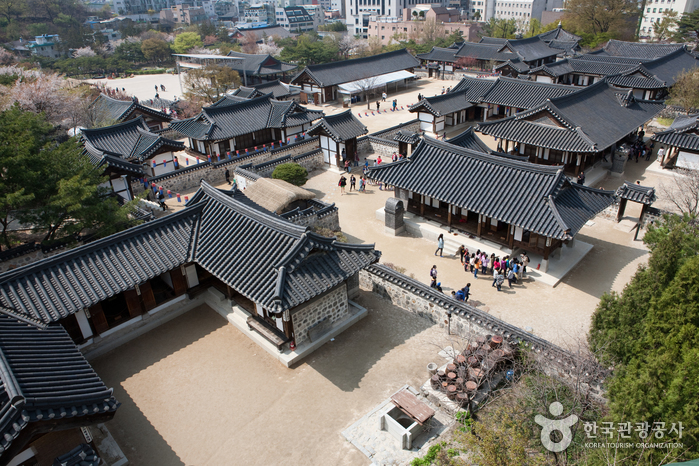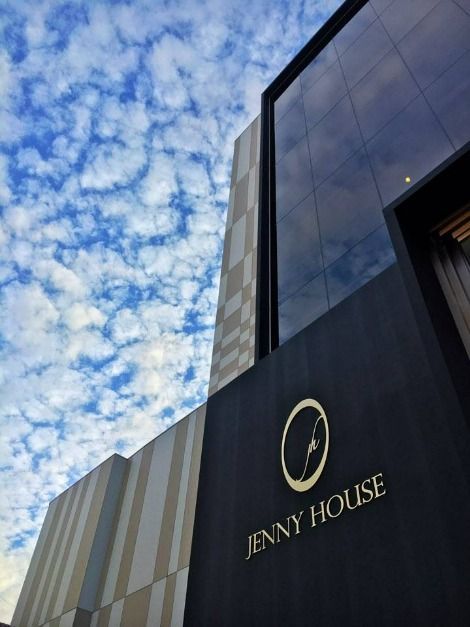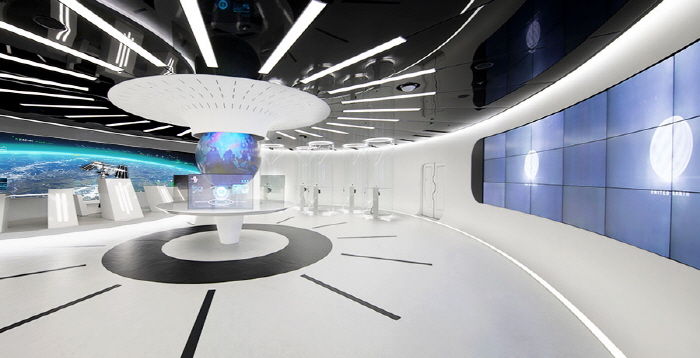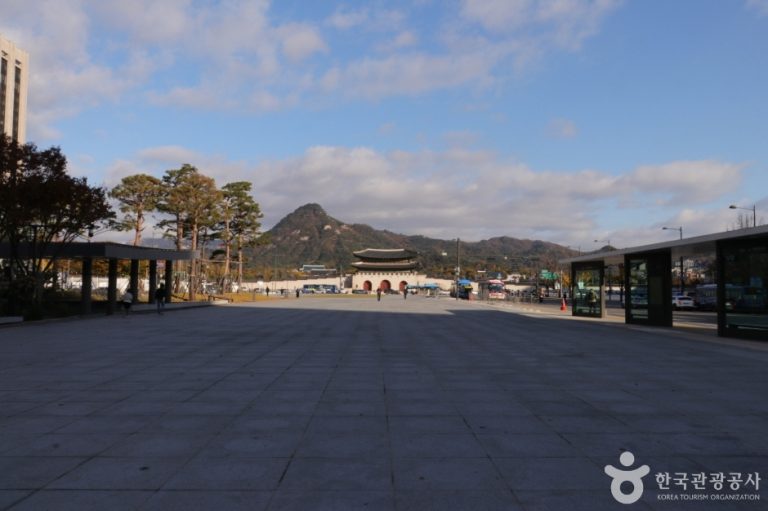Gana Art Center (가나아트센터)
Gana Art Center (가나아트센터)
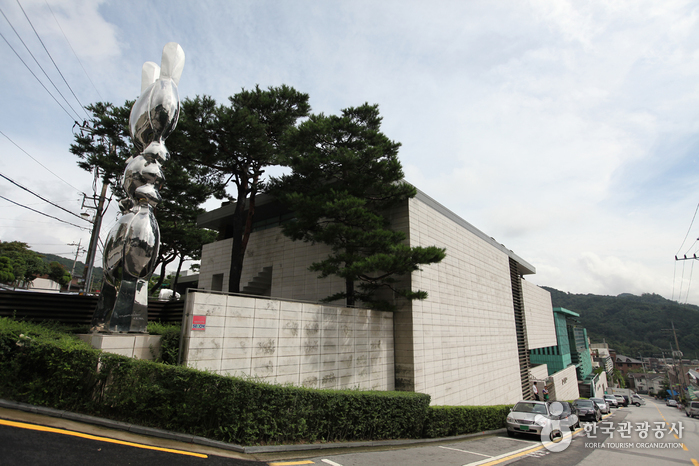 – Homepage
– Homepage
www.ganaart.com
The Gana Art Center located at the foothills of Bukhansan Mountain has been showcasing more than 300 exhibitions since its opening in 1983. Through both national and international exhibitions, the Gana Art Center is a recognized gellery. With numerous fairs and exhibitions, Gana Art Center not only invite internationally known artists, but also promotes other forms of art, such as music, theater, mime, etc. Through their flexibility in promoting all art forms, the visitors will surely be able to find the theme of their interest.
– Address : 28 Pyeongchang 30-gil, Jongno-gu, Seoul
※ Presentation Information
– Information and Guides
+82-2-720-1020
– Parking
Available
– Day Off
Mondays
– Usage Fee
Adults 3,000 won
Free admissin: Elementary school, middle school, high school, university students (including postgraduates) and senior citizens of 65 years of age
– Operating Hours
10:00-19:00
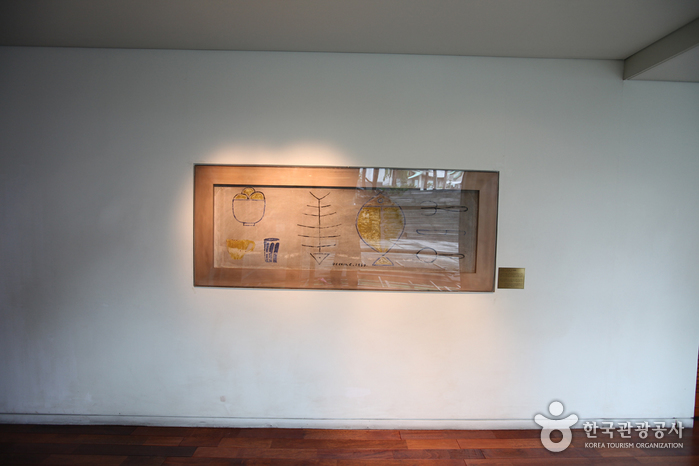

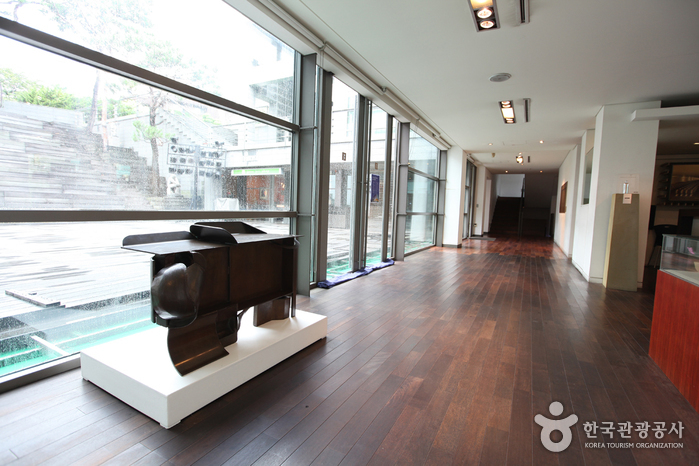
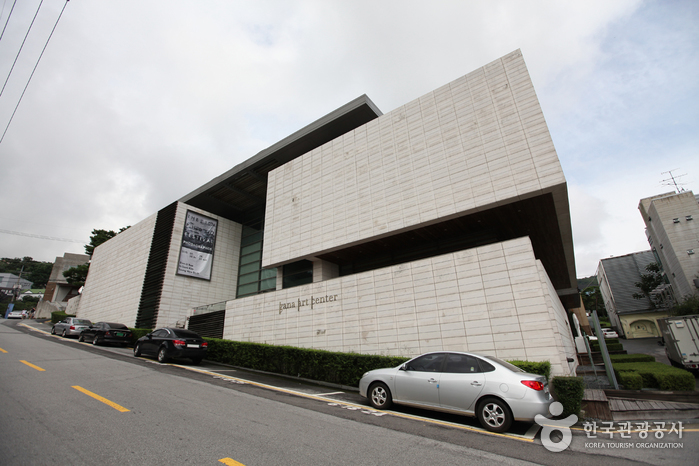
◎ Nearby Tourism Infobox
⊙ Jamunbak Cultural Festival (자문밖문화축제)
– Homepage
jmbforum.org
– Tel
+82-2-6365-1388
The Jamunbak Festival is a celebration of the artistic life of Seoulites. At the foot of Bukhansan Mountain, the festival features exhibitions, performances, forums, workshops, and field trips that bring together artists of different generations and citizens of Seoul—who have long led Korea’s artistic culture—to reflect on and propose new directions for their own artistic lives. The festival aims to create a platform where emerging artists experimenting with new aesthetics, mid-career artists who form the backbone of Korean art, collectors, critics, students, and the general public can all engage in dialogue together.
⊙ Total Museum (토탈미술관)

– Homepage
www.totalmuseum.org
– Tel
+82-2-379-7037
The Total Museum is a branch of Jangheung Art Park (formerly “Total Outdoor Museum”) that opened near Bukhansan Mountain in April 1992. It houses facilities such as an art academy, library, art shop, and outdoor performance stage. In addition to exhibitions, the museum holds a variety of art and culture programs like musical concerts, events, lectures, and seminars. In particular, the members-only educational programs and gallery concerts provide a chance to enjoy high-quality cultural events.
⊙ Bugak Skyway Palgakjeong Pavilion (북악스카이 팔각정)
View detailed guide on Korea Trip Guide →

– Homepage
tour.jongno.go.kr
Bugak Skyway Palgakjeong Pavilion exudes a tranquil, serene beauty regardless of the season. The pavilion, which sits on Bugaksan’s 1,652,900 square meter summit at an altitude of 345 meters, was built in a traditional Korean-style and became a popular attraction within the city. There are also spaces for visitors to enjoy food and drinks.
⊙ Chengha Korea Ginseng Co., Ltd.[Korea Quality] (청하고려인삼(주)[한국관광 품질인증])
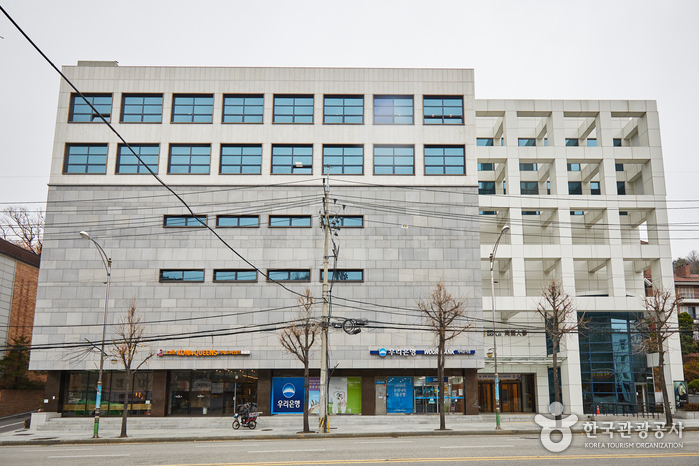
– Homepage
http://www.chkoreags.co.kr
– Tel
+82-2-395-1688
Cheonghagoryeo Ginseng Co Ltd in Jongno-gu, Seoul, is a specialist Korean ginseng company aiming to promote the history, culture, and efficacy of Korean ginseng to foreign tourists. The headquarters building houses a ginseng museum, two stores, a bank and a cafe. There are staff who are fluent in foreign languages, to help visitors with reservations, museum guidance, product consultation, and sales. We operate a thorough follow-up support service to ensure customer satisfaction.
⊙ Cheongha Korean Ginseng [Tax Refund Shop] (청하고려인삼)
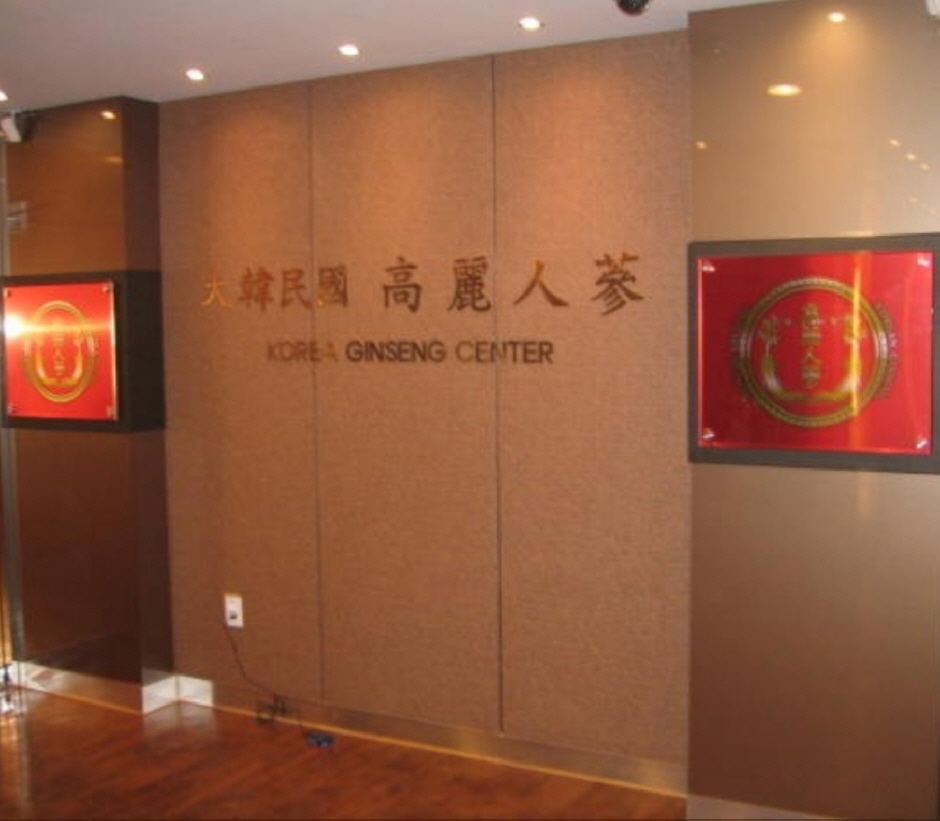
–
⊙ Bukhansan National Park (Seoul District) (북한산국립공원(서울))
View detailed guide on Korea Trip Guide →

– Homepage
www.knps.or.kr
– Tel
+82-2-909-0497
Bukhansan Mountain was officially designated as a national park in 1983. Bukhansan National Park covers both Bukhansan and Dobongsan Mountains, and spans a total area of 80.699 ㎢. At the top of Bukhansan Mountain are Baegundae Terrace (835.6 m), Insubong Peak (810.5 m) and Mangyeongdae Terrace (799.5 m), which gave the mountain the nickname “Samgaksan” or the “three-horned mountain.” The mountain had other names: Sambongsan (mountain with three peaks), Hwasan (flower mountain), and Buaak (mountain shaped like a person giving a baby a piggyback ride). The current name, Bukhansan, was given after the Bukhansanseong Fortress was built under King Sukjong of the Joseon dynasty.

